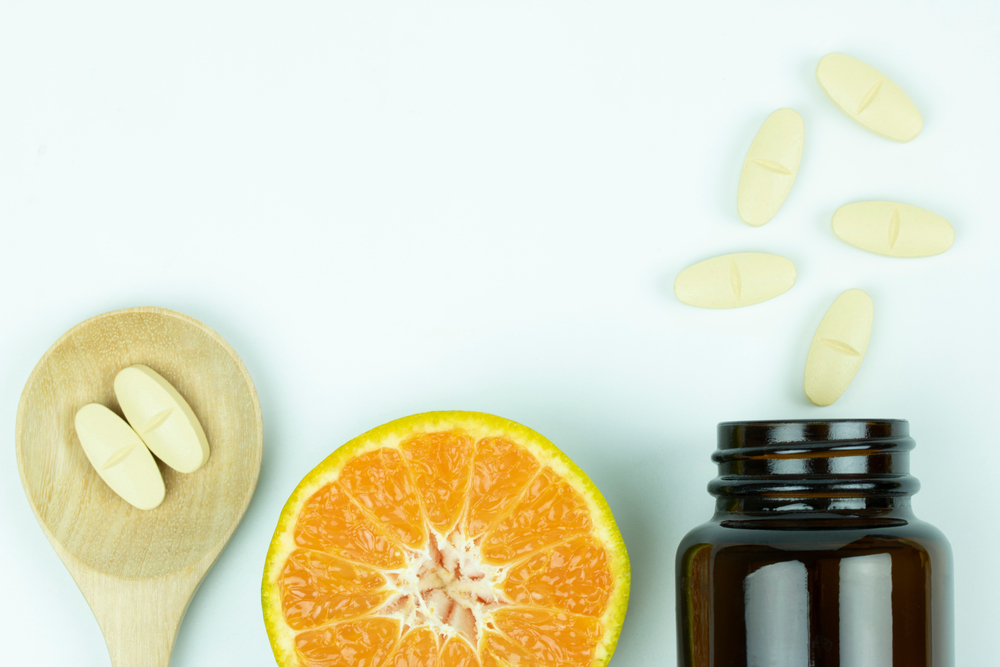Adjuvant Treatments in IVF for Low Responding Patients

As reproductive endocrinologists, we occasionally face struggles in the management of patients who do not respond well to traditional treatment protocols. When undergoing IVF, one of the keys is to optimize the number of eggs retrieved so that we can find a healthy one that will develop into a high-quality embryo, enhancing the chance of conceiving and delivering a healthy baby at term. In some patients, individualized protocols such as estrogen priming and Lupron microflare, have been able to increase the number of eggs and increase the likelihood of delivery in those with low baseline follicle counts or prior poor response, but unfortunately these approaches do not work for all patients in this situation.
Often, we are asked whether there are any adjuvant treatments that could be used to increase the responsiveness of the ovaries. There is both an art and science that need to be called upon as we formally answer this question. Attention should always be paid to the mind and body connection. Though we cannot necessarily say that if a woman is stressed or anxious she will be a low responder, we do believe that being in the ideal mental and physical states can only enhance the body’s ability to respond well to treatments. Among the various options for stress relief, we work most closely with acupuncturists, and have had good experiences and positive outcomes in many cases.
Another question that often comes up is the possible utility of adjuvant treatments. While it is important to realize that these are indeed nutritional supplements, and have not been FDA approved for reproductive care, there is some literature supporting the use of some of these adjuvants.
- DHEA: Randomized controlled trials examining low response to medical stimulation have been inconsistent. In most studies DHEA was initiated 3 months before IVF until the end of ovarian stimulation at a dose of 50mg-75mg. The current evidence is not statistically significant and a definitive recommendation cannot be made. However, for the majority of patients, DHEA treatment is considered safe and results in few if any side effects. Given its safety profile, some low responders may benefit from DHEA utilization.
- Growth Hormone: In vitro studies suggest an important role for GH in follicle growth and differentiation. Recent randomized controlled trials comparing GH adjuvant cycles and traditional cycles demonstrated no improvement in pregnancy rates. Currently there is no strong evidence suggesting the efficacy of GH use. Given its high cost, unknown long term safety profile, and DEA recommendation against off label use, utilization of Growth Hormone for the treatment of low responders is not recommended.
- Coenzyme Q₁₀ or ubiquinone-10 (CoQ10): CoQ10 is a nutrient known to be responsible for producing energy and stabilizing the membranes of some cells, perhaps including eggs and sperm. CoQ10 appears to assist the mitochondria and cell power and energy production. While efficacy data is limited, many low responding patients add CoQ10 to their treatment regimen.
- Anti-oxidants for the female partner: Antioxidants are biochemical compounds that reduce the oxidative damage caused by reactive oxygen species. Commonly used antioxidants include N-acetyl cysteine; melatonin; Vitamins A, C, and E; Folic acid; Myo-inositol; and zinc and selenium. The cost of antioxidants may vary due to the different formulations. No published studies have investigated the cost effectiveness of antioxidant use before IVF. The current evidence does not support the routine use of supplemental antioxidants for women undergoing IVF.
- Anti-oxidants for the male partner: Two randomized trials examining Vitamin E (400IU) and folate (0.5mg) and live birth rate did not find a statistical difference. However, one study by Tremellen using the following antioxidants did find an increased birth rate in men with severe male factor infertility.
- 100 mg Ascorbic Acid (Vitamin C)
- 25 mg Zinc (Zinc Sulphate Monohydrate
- 400 IU D-Alpha-Tocopherol (Vitamin E)
- 500 µg Folic Acid
- 6 mg Lycopene
- 333 µg Garlic Oil (equiv. allium sativum bulb fresh 1g)
- 26 µg Selenium (as Selenomethionine)
In summary, optimizing fertility involves optimizing both the female partner’s and, if applicable, the male partner’s health. This includes attention to the mind and the body. Protocols should be chosen to neither minimally nor maximally stimulate the ovary, but rather to reach the optimal response. Additionally, couples should not delay treatment unnecessarily, as ovarian aging is the greatest obstacle to achieving reproductive success. While in the process of undergoing targeted evaluation and treatment many patients chose vitamin supplements. This overview may assist in understanding and choosing these adjuvants for patients who are undergoing fertility treatment.
